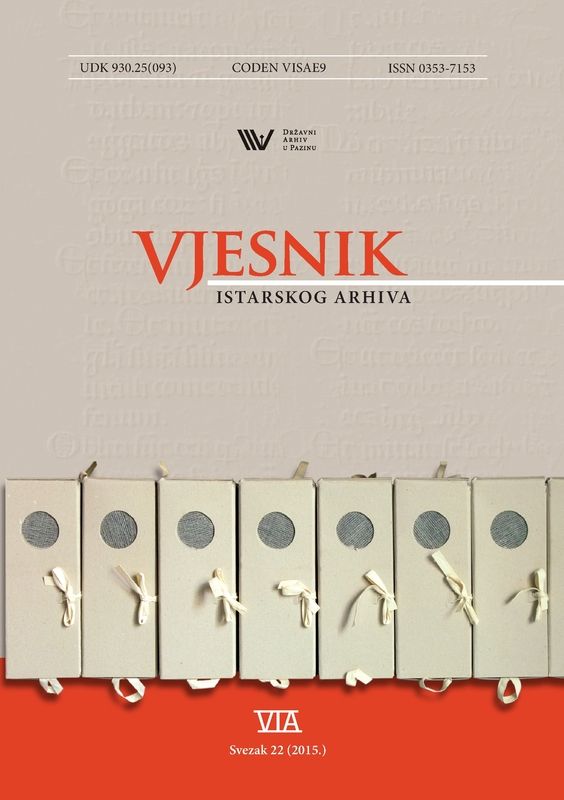Eastern Adriatic Coast – the keeper of musical and dance traditions of the Croats
Keywords:
Glagolitic liturgy and chanting, Istrian scale, sopela, mih, balun, tanac, tarankanje, lijerica, nijemo kolo, kolo po starinsku, kumpanija, ples od bȍja, carnival, confraternity, klapaAbstract
The music and dance traditions of Istria and the Adriatic islands is rich and varied. It has been rooted for centuries in the consciousness of the Croatians of this region. Since the very beginning these traditions have been exposed to strong and omnipresent influences of Latin and Italian cultures. Despite extremely difficult historical circumstances and owing to the geographical isolation of the islands from the coast, but in particular owing to the self-reliance of this national organism based on the all-pervasiveness of the national language in the most sensitive part of the human spirit throughout the history, the Croatian man of Istria and the Adriatic islands has succeeded to preserve his heritage. In this process the Latin and Italian millennial presence could not subdue the Slavic presence. Moreover, many elements of these two cultures have been accepted and adapted to personal perceptions and have become elements of the modern cultural expression of the Croatian Adriatic coast. In addition to the geographical isolation of the coast and islands, the centuries old struggle for the national language and own musical expression in liturgy was the main factor in the safeguarding of the musical and dance tradition in Istria and the islands. In this process, five cultural expressions, named after their locally recognizable names, can be discerned: 1) Na tanko i debelo (‘thinly and thickly’, in high and low register), expression of the Istrian and Littoral tradition of narrow intervals; 2) Kolo po starinsku (circle dance ‘the old way’), expression of the so called silent circle dance of the Zadar and Šibenik regions; 3) Ples od bȍja (the War dance), South Dalmatian expression of kumpanije (companies) and sward-carnival dances; 4) Puče moj (My people), expression of religious singing and 5) Dalmatino povišću pritrujena (Dalmatia, weary of history), expression of the Dalmatian klapa singing. These five expressions are not five isolated or mutually opposed worlds, but a world of cultural phenomena living in tandem and without overlapping, indeed living entwining and complementing each other.
Downloads
Published
Issue
Section
License

This work is licensed under a Creative Commons Attribution-NonCommercial 4.0 International License.

